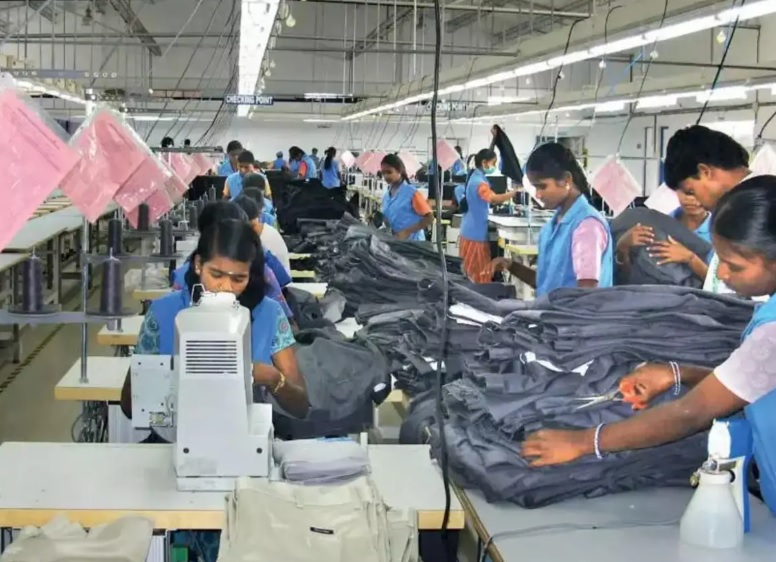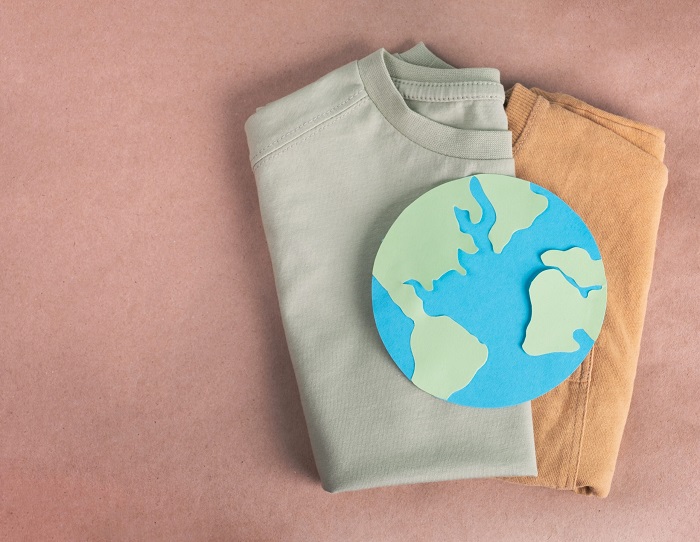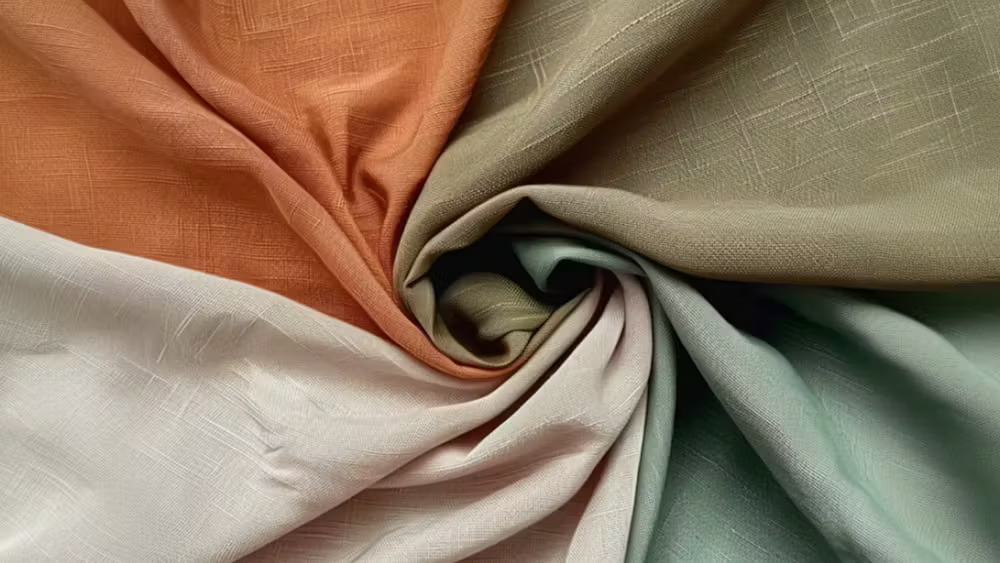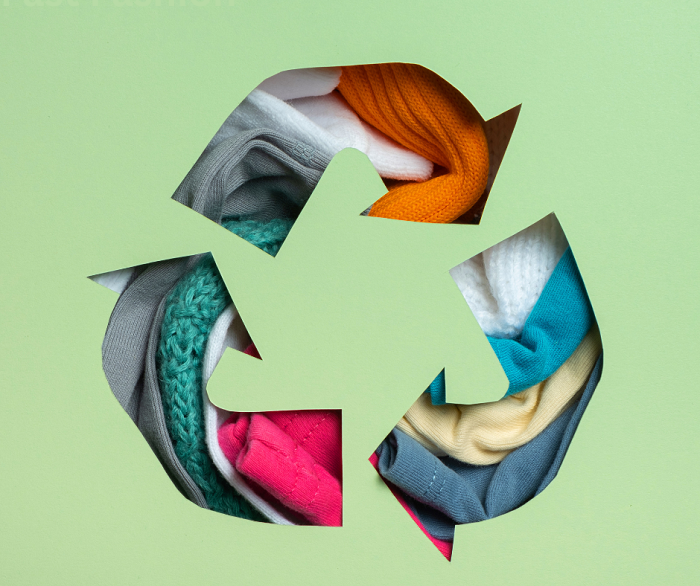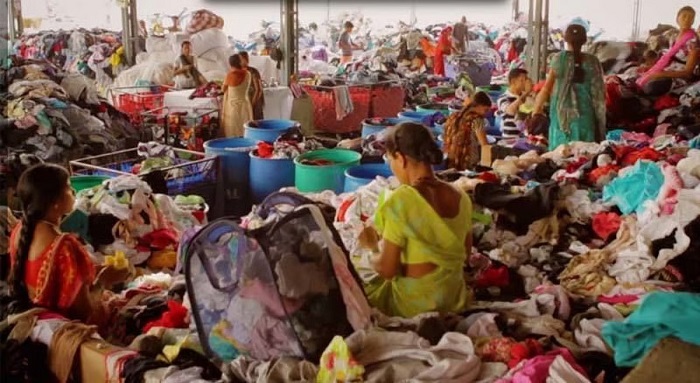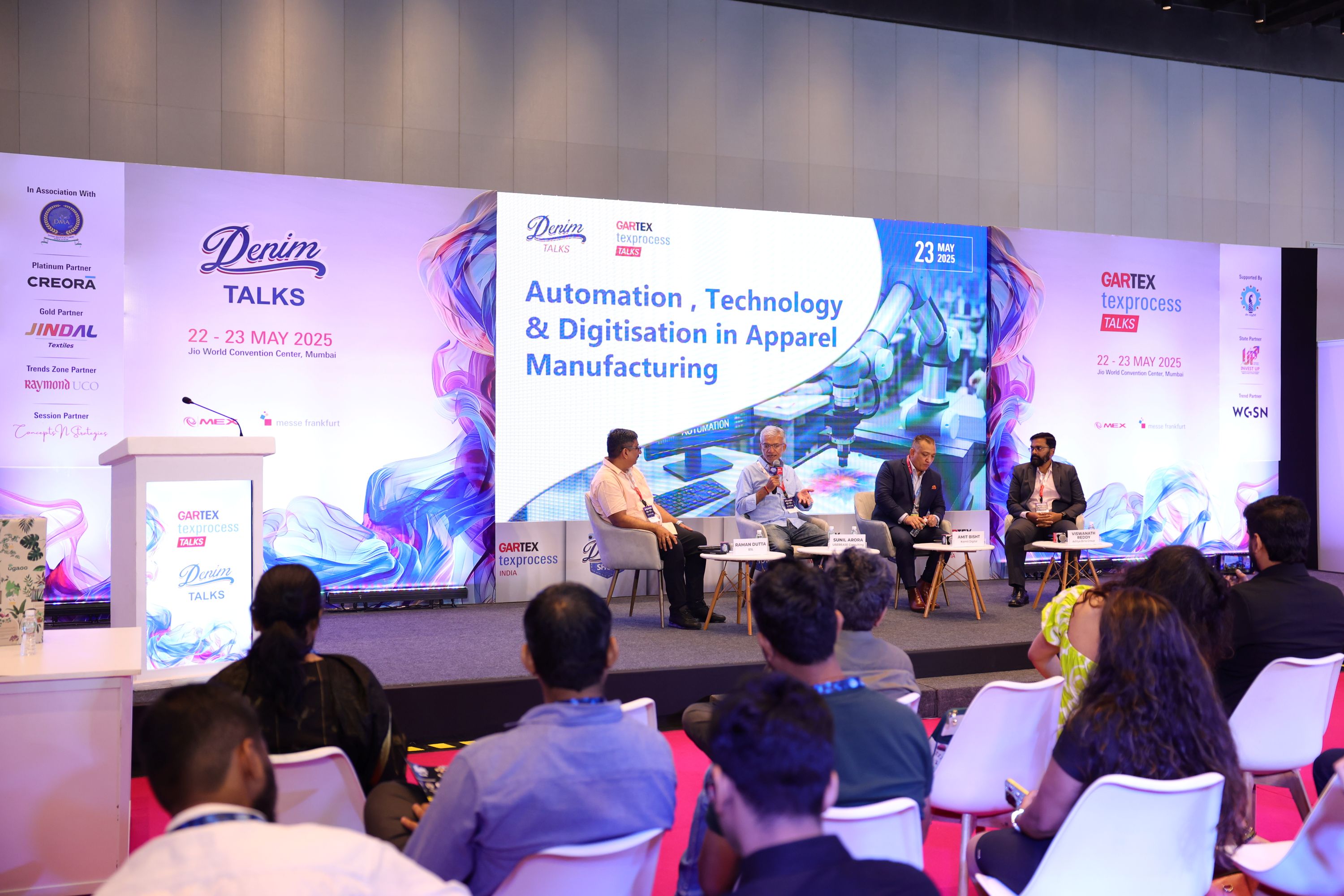FW
Shopping mall developments have slowed down as the developers avoided opening new malls owing to prolonged gestation periods, slow rental growth and lack of prime land parcels.
According to data compiled by property consultant JLL India, of the total 74 builders which were active in retail real estate in 2005, only five still continue to build such spaces. Besides, as per the data the share of retail development in overall commercial space has fallen to 22 per cent from 41 per cent in 2009.
During 2005-08, before the global financial crisis hit, 74 developers launched retail projects across the country, encouraged by the robust economic activity during the period. The number gradually slipped to 63 in the 2008-11 period, and during 2012-16, only 45 developers completed their retail projects. However, in all these three phases, only five developers have consistently performed and delivered premium shopping malls, says Ashutosh Limaye, head of research, JLL India.
Some of the top developers which have continued in the retail business since before the global financial crisis are DLF, K. Raheja and Phoenix Mills.
Post global financial crisis, there was a consolidation mode and so the business model was shifted to leasing rather than doing strata sale. The holding and controlling the asset for superior customer experience and tenant is the way forward has been knownsays Pushpa Bector, executive vice-president and head, premium malls, DLF Utilities.
Announcements of new projects have been very slow. Most of the projects which were launched in the last seven to eight years are largely the projects which were announced in 2004-05. It’s largely to do with non-availability of land parcels and good infrastructure connectivity, says Mahajan.
Mahajan also added that the long gestation period of around 8-10 years to build and turn around a mall also makes the business unviable for most developers.
The European Commission put its Ecolabel scheme in place 25 years ago to provide sustainability guidelines for companies and to help conscious consumers know what to buy.
Leading denim textile manufacturer ISKO is so far the only denim mill in the world that has received the EU Ecolabel.
The Turkish company has created fabric that better retains their shape, ultimately calling for fewer washes. And with 23 per cent of the water consumption in the lifecycle of a jean coming from consumer washing, the savings over time becomes substantial. The company also has filtration plants in its facilities to treat the water and use it for other sources, closing the loop there too.
Apparel making has accelerated. That has got a lot to do with fast fashion’s quick and constant turns and the cheap and often disposable nature of the clothing these of-the-moment retailers produce.
The problem with over-production is that it leads to over-pollution, with garments ending up in landfills or incinerators within a handful of years from purchase. From there, only 40 per cent of the material inputs that go into these apparel products get recycled.
People are using ten times more natural resources than they did 100 years ago.
Amazon is seeking to get into the Turkish market.
Amazon has presented possible ways of cooperation and also provided information regarding trading methods on the Amazon platform. The online retailer has made a suggestion that Turkish companies can be involved in the Amazon platform under the Amazon brand or with exclusive brands and products they can develop specifically for the platform.
Amazon has made it very big in the US, its home base, and Europe and has been very pleased with their structuring in China and India.
One attraction for Amazon is Turkey’s favorable geographical location. Possibility of daily shipments to almost every point in Europe is an important advantage.
Turkey is one of the largest home textile suppliers of Europe. Its major markets for exports are Germany, the US, UK, France and Russia. E-commerce has a share of less than five per cent in the total exports of the home textile sector. The aim is to increase the share of e-commerce twofold or threefold. Amazon is pitching its platform as a way of increasing the country’s trade.
Amazon, founded in 1994, is on Forbes’ most innovative companies list. Operating with 3,41,000 employees worldwide with annual sales of 135 billion dollars, the company's market value for 2017 is 427 billion dollars.
Silk can be a replacement for nylon and polyester based clothing.
Since silkworms and spiders spin silk by pulling rather than pushing it out of their bodies, this could lead to new, greener ways of producing synthetic fibers.
This process can be copied in an industrial setting. It could improve how synthetic materials are processed and offer more environmentally-friendly alternatives.
Conventional synthetic textiles are made by extrusion - pushing a liquid feedstock through a dye and then using high changes in temperature and exposure to harsh chemicals to solidify.
To spin silk by extrusion (pushing) means a silkworm would have to squeeze itself hard enough to generate more pressure than a firing diesel engine. This is not possible as the animal’s body would be unable to contain that pressure.
However, by measuring the forces required to pull silk from the animal’s body, researchers have found that it was well within the capability of the silkworm to pull a fiber, a process referred to as pultrusion.
However silk can solidify into a fiber at room temperature and leave only water - therefore causing less environmental damage.
The traditional production process for silk is both arduous and time-consuming, but it is possible to bypass that by mimicking nature in an industrial setting.
Clothes are cheaper and more disposable to shoppers than ever, and the environment is suffering for it. Between 2000 and 2014, global clothing production doubled. Producing this much clothing uses up huge amounts of natural resources and pumps toxic chemicals into the soil and rivers. The clothes themselves, increasingly made of polyester, are putting dangerous amounts of microfibers in the oceans, and too often wind up in landfills after little wear.
Greenpeace does acknowledge that “closing the loop” completely and perpetually recycling textiles—is important, and research has made some promising strides. The H&M Foundation and the Hong Kong Research Institute of Textiles and Apparel recently announced what they described as a breakthrough in separating polyester and cotton in blended fabrics, which has been a major stumbling block in textile recycling. The new method allows them to capture the polyester fibers with no loss of quality. The cotton, however, comes out as a powder, and according to Erik Bang, innovation lead at H&M Foundation, that powder breaks down and doesn’t retain the quality of virgin cotton. As of now, it can’t be easily turned back into clothes.
Greenpeace says that the immediate focus has to be on changing the way to produce and consume clothes in the first place. It says that it has to stop the trend for decreasing lifespans and quality by designing for long life including better quality, classic styling, repairability, durability, guarantees and emotional longevity, put an end to the accumulation of clothes in people’s wardrobes by developing services, with a priority on repair, but also take-back systems, sharing and leasing, re-selling and customization. It must also stop reinforcing the disposable/fast fashion mindset with their marketing and advertising; instead brands should promote the true value of their products and encourage a change in their customers’ attitudes.
Europe is a favored destination for Turkish exports.
Some 75 per cent of Turkey’s exports go to Germany, the United Kingdom, Spain and Italy.
Turkey’s number one buyer in the ready-to-wear sector is Germany, followed by the UK.
Despite this, only seven per cent of the EU’s imports come from Turkey. The country’s proximity to Europe used to give it an advantage, but not any more. Its relations with Europe have turned bitter.
Despite the sector’s assertiveness and efforts, the industry has fallen short of its export goals by two per cent. However, taking into consideration the hike in Turkey’s export capacity by ten per cent, the industry is actually 12 per cent behind.
The number of European buyers who used to come to Istanbul has fallen to half.
In the meantime, EU buyers are seeking an alternative to Turkey, which has to be within close proximity and has a middle price range. Apparently, they are encouraging firms to invest in countries like Romania, Bulgaria and Serbia. Also China is getting closer to Europe.
To regain its position Turkey has adopted strategies. It’s going into value-added brand products. Turkish brands such as LC Waikiki and Koton are expected to become serious competitors to Zara and H&M in the next decade.
Indian textiles and clothing exports has been struggling during the last three years due to the absence of level playing field in the global market mainly because of high tariff rates in major markets and also non-refund of several taxes and levies. Under the GST regime, it was promised that all taxes and levies would be refunded.
The Central Government realizing the need for boosting textile exports and create jobs, announced a special package of Rs 6,006 crores during September 2016 for garments and included made-ups recently giving enhanced duty drawback rate and also ROSL (Refund of State Levies). However, the present announcement of the government on duty drawback rates does not synchronize with the earlier government announcement of boosting exports and job creation.
P Nataraj, Chairman, The Southern India Mills’ Association (SIMA) has appealed to the Ministry of Finance to have a re-look at the drawback rates applicable for textiles, refund all the blocked, embedded taxes, levies and accumulated input tax credit on fabric especially the processed fabric. Nataraj has stated that the cost of dyes and chemicals accounts 30 to 40 per cent of the processing charges. He also added that the service tax has been increased 15 to 18 per cent and several services have been brought under tax net under GST.
SIMA chief has felt that at yarn stage the actual drawback rate would work out to 2 to 2.5 per cent and at grey fabric stage, the same would work out around 3 per cent while at finished fabric, garments and made-ups would work out to more than 5 per cent. The exports will suffer very seriously and dwindle down sharply. Nataraj has stated that the Government must ensure that no taxes are exported so that the exports will be competitive. In order to protect the jobs of several millions of people in the textile industry, he has urged the Government to extend the existing drawback benefits till the GST anomalies and problems are fully sorted out and also the realistic drawback rates refunding all blocked, embedded taxes and levies including accumulated input tax credit at fabric stage are fully taken into consideration.
India is all set to host its first Denimsandjeans show from September 25, 2017 in Bangalore. The two-day international trade show will bring together all segments of the Indian denim industry including denim brands, retailers, traders, second tier brands, garment manufacturers and exporters, buying houses, global buyers and others, on one platform.
A trend area on the major trends emanating globally will be created where latest looks in various categories will be created at the show. It will be an opportunity for the visitors to know about latest global looks.
During the trade fair, Jordi Juani, Division Director from Jeanologia will give a talk on “The evolution of jeans finishing, from manual to technological” September 25 at 3.30pm.
Juani will take a journey from traditional methods for finishing jeans, based on manual labor with high water and chemical consumption, to the current transformation that the industry is experiencing with eco-efficient and sustainable technologies from Jeanologia. The new model uses technology as its main tool to obtain the right product with maximum quality, while also reducing environmental impact, production costs and time-to-market.
The Spanish company starts a new era in laser design processes, allowing greater creativity and saving time, while avoiding second-rate production and providing the sector with a common language. The new High Dynamic Range (HDR) simplifies designing, reduces laser marking times and guarantees “what you see is what you get” achieving more natural and three-dimensional designs.
Jeanologia has been present in India since 2004 and 6 per cent of the total jeans production in the country is done using their sustainable technologies.
Guess is ramping up its environmental standards. The brand aims at embracing existing solutions as well as trying new ones to address social and environmental challenges. It’s taking the steps necessary to improve its supply chain.
By 2020, it aims at making its global operations greener and encouraging consumers to buy more eco-conscious garments. This year Guess mapped its denim production by water availability and assessed the sustainability of its denim products. To improve its denim production and products, the company is currently drafting a comprehensive water action management plan to address these impacts, which is set to debut in 2018.
Guess will be incorporating a product take back program at the end of 2017, so employees, customers and the community can take part in a more circular economy and provide apparel with a second life.
Energy efficiency also remains crucial to the company’s sustainability goals. Since 2015, Guess has upgraded 286 stores in Canada and the US with more efficient LED lighting. At its distribution centers, including Guess’ primary US distribution hub in Kentucky, Guess installed new units and achieved 46 per cent savings in natural gas consumption.
Another goal is to transition its current emission reduction goal over the next two years to reduce the impact of climate change.
Bangladesh’s readymade garment exports achieved a substantial growth in all its major export destinations including the European Union, the US and Canada in the first two months (July and August) of the current fiscal year 2017-18.
Germany has outstripped the US to become Bangladesh’s biggest apparel export destination in the last two months. Bangladesh’s exports to Germany grew by 9.72 per cent.
Earnings from readymade garment exports to the US market in the first two months grew by 9.62 per cent. Apparel exports to the UK, the third largest export destination for Bangladesh, rose 29.38 per cent during the period.
Bangladesh is enjoying the benefits of the recent rebound of the euro against the dollar. Despite a declining trend in apparel product prices on the global market, volumes of exports have increased in the major markets. Remediation work in the country's garment sector also has helped in bringing back buyers' confidence.
Export earnings, however, from Asian countries including China, Japan and India declined. Readymade garment export earnings from China in the July-August period fell by 6.80 per cent.
Though the Chinese market is a promising one for Bangladesh’s apparel industry, it has been failing to gain market share there due to lack of competitiveness. Vietnam is, however, gaining a market share in China rapidly.



